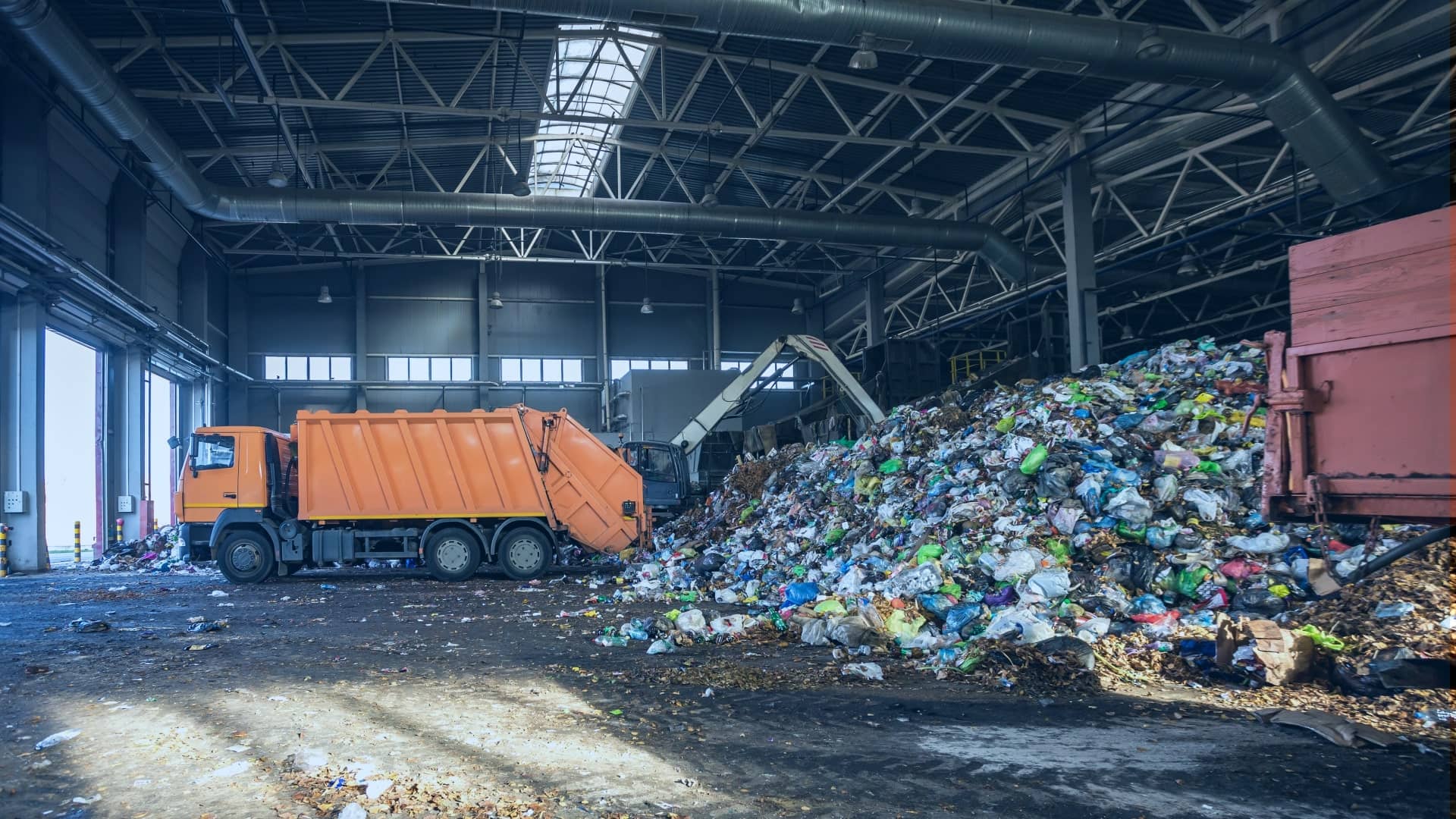The Greatest Guide To Reclaim Waste
The Greatest Guide To Reclaim Waste
Blog Article
Reclaim Waste Fundamentals Explained
Table of ContentsSome Known Factual Statements About Reclaim Waste The Greatest Guide To Reclaim WasteAll about Reclaim WasteThe smart Trick of Reclaim Waste That Nobody is DiscussingSome Known Facts About Reclaim Waste.
Domestic sewer waste refers to the waste and items from a domestic septic tank. The proper administration and disposal of domestic sewer waste require liquid waste to be moved to a sewer treatment plant where the appropriate approaches and tools are applied to cleanse and dispose of waste.
Industrial waste frequently includes possible dangers, such as combustible materials or a combination of fluid and solid waste products, and needs an advanced and comprehensive disposal process. The disposal of business waste usually includes the filtration of waste prior to transportation to make certain secure and appropriate disposal. Industrial waste is developed from byproducts and drainage of industrial processes and production.
This sort of waste can not use the same sewage administration transport or procedures as septic or business fluids. The industrial waste monitoring process calls for the assessment and screening of liquid waste before it undertakes the disposal procedure (liquid waste disposal). Overflow waste is the fluid waste that comes from overflow and excess stormwater in extremely inhabited areas or cities
Runoff waste can cause contamination and flooding if not taken care of properly. Find out more regarding sewage system cleansing and waste management. Guaranteeing proper waste monitoring can stop catastrophes and minimize environmental damage. Both people in household settings and professionals in commercial or manufacturing sectors can gain from recognizing the processes and guidelines of liquid waste monitoring.
Things about Reclaim Waste
Contact PROS Providers today to learn about our waste monitoring and disposal solutions and the proper ways to take care of the liquid waste you produce.
(https://www.gaiaonline.com/profiles/reclaimwaste1/46907679/)Do you know what occurs to your water when you disengage, purge the toilet or drain pipes the washing device? No? Well, it's worth understanding. This supposed 'wastewater' is not only an important source however, after therapy, will be released to our land, waterways or the ocean. Made use of water from commodes, showers, baths, cooking area sinks, laundries and commercial processes is called wastewater.

water made use of to cool down machinery or clean plant and tools). Stormwater, a form of wastewater, is runoff that moves from farming and urban areas such as roofings, parks, yards, roads, courses and gutters into stormwater drains pipes, after rainfall. Stormwater streams neglected directly to local creeks or rivers, at some point reaching the ocean.
How Reclaim Waste can Save You Time, Stress, and Money.
In Queensland, a lot of wastewater is treated at sewage treatment plants. Wastewater is delivered from domestic or industrial sites with a system of drains and pump stations, recognized as sewage reticulation, to a sewer therapy plant.
The Division of Natural Resources encourages regional governments regarding handling, operating and preserving sewage systems and therapy plants. In unsewered areas, city governments may require homeowners to install individual or house sewer treatment systems to deal with residential wastewater from commodes, cooking areas, shower rooms and washings. The Department of Natural Resources authorizes making use of family systems when they are confirmed to be effective.
The majority of stormwater gets no treatment. In some brand-new neighborhoods, treatment of some stormwater to eliminate litter, sand and gravel has actually begun utilizing gross toxin catches. Wastewater therapy occurs in four phases: Eliminates solid matter. Larger solids, such as plastics and various other objects incorrectly released to sewers, are removed when wastewater is gone through displays.
Wastewater then streams into huge tanks where solids clear up and are removed as sludge. Oil and residue are skimmed from the surface area. Makes use of tiny living organisms referred to as micro-organisms to damage down and remove continuing to be dissolved wastes and great fragments. Micro-organisms and wastes are incorporated in the sludge. Eliminates nitrogen and phosphorus nutrients that can create algal blooms in our waterways and threaten water life.
Not known Incorrect Statements About Reclaim Waste
Nutrient removal is not available at all sewer treatment plants due to the fact that it requires expensive specialized tools. Clear liquid check that effluent produced after therapy might still have disease-causing micro-organisms - industrial wastewater treatment.

This usually indicates wastewater has actually to be dealt with or contaminants eliminated prior to it can be discharged to waterways. The majority of wastewater flows right into the sewage system. Under the Act, neighborhood federal governments administer authorizations and licences for ecologically relevant tasks (Ages) entailing wastewater releases that may have a regional effect. The division administers authorizations and permits to Ages entailing wastewater releases that could have a local or statewide effect.
The 7-Minute Rule for Reclaim Waste
Or else, samples are taken for lab analysis. Usually many examinations are needed to establish the levels of each of the various pollutants such as oils, hefty steels and pesticides in water. Surveillance offers accurate info regarding water top quality and can confirm that permit conditions are being satisfied. The information acquired with monitoring gives the basis for making water top quality choices.
Report this page